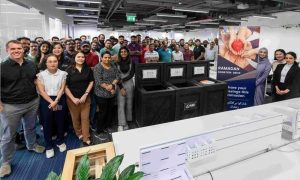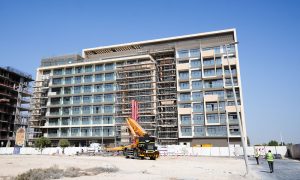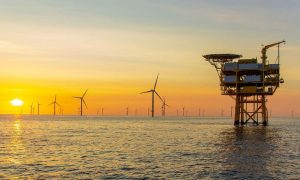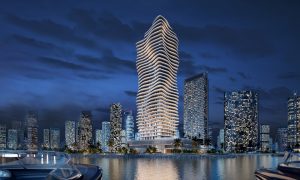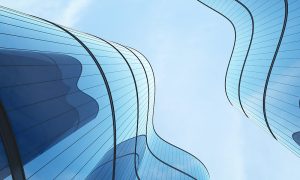Powers of Construction
The GCC will require an additional 100GW of power over the coming decade as demand increases 58% on 2006 levels. Current fossil fuel consumption rates have catapulted all six GCC countries to the top 25 list of polluters in the world, and the needs of burgeoning population and industry will feed requirements further. Melanie Mingas investigates the viability of alternative energy projects in the region
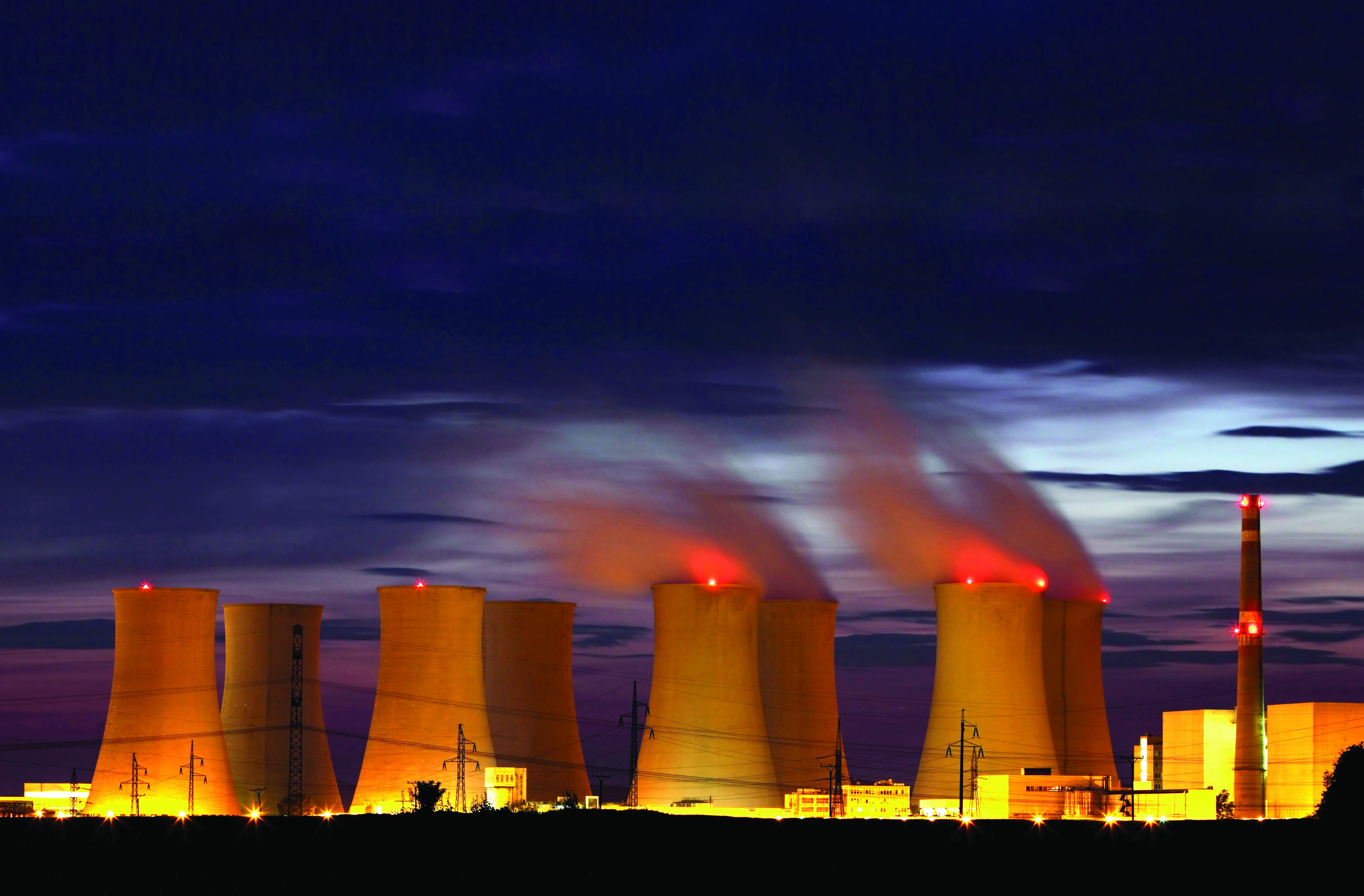
During his key note address at last month’s World Future Energy Summit, Ban Ki Moon, UN secretary general made two bold pledges; not only does he was to end the worldwide fuel poverty that sees one in five of the world’s population without access to electricity, but he wants to achieve ‘sustainable energy for all’ by 2030.
Requiring actions from governments, the private sector and general public, to aim could see the use of fossil fuels dramatically reduced years ahead of earlier predictions.
In its place, a who new generation of power plants will be required to harness solar, geothermal, wind, hydro and even nuclear power sources.
While the construction of a number of ‘traditional’ substations continues – some areas still achieving firsts in such projects, such as Kuwait’s first 300/400 kV substation in Sulaibiya district – other projects are gaining pace.
The plans also align with Vision 2050 Arabia; a sustainability initiative to ensure ‘humanity can live well and within the limits of the planet’, under an 18 month programme to identify and tackle the challenges surrounding such a shift.
It is estimated the power sector will require investments to the value of US$50 billion, in order to meet demand and a further $20 billion for desalination projects.
Coinciding with WFES, the Supreme Council of Energy (SEC) announced the launch of the Mohammed bin Rashid Al Maktoum Solar Park; its flagship project to be managed and operated by Dubai Electricity and Water Authority (DEWA), a first of its kind in the region. At a cost of US$3.3 billion, the photovoltaic park will be capable of producing 10MW of power by 2013 and 1000MW upon full completion.
Despite the scale of the project, at full capacity – expected by 2030 – it will still only meet 5% of Dubai’s energy needs. From 2020 the panels will only produce enough energy to meet 1% of the Emirate’s requirements.
“Although the targets to overall energy production appear negligible, this is actually not the case as energy consumption per capita by 2030 will be two or three times of what it is today; so the production capacity will actually reflect an estimated 1,000MW on completion,” explains Goktug Gur, country president for the UAE and Oman, for Schneider Electric, who praises the wider MENA region as “doing good work” to diversify energy sources.
New power
Combined with the energy mix set out in Dubai’s Integrated Energy Strategy 2030, this share contributed by solar energy will be supported by a 12% generation from nuclear power and 12% from ‘clean coal’, with gas providing the remainder. Significant modifications will have to be made to the electricity grid before the panels can contribute more to the Emirate.
This year, 44 new power and water projects will begin in the GCC, reaching estimated values of $31.9 billion.
Of these, the most controversial on the world stage is the UAE’s nuclear projects. In total, four plants will be constructed, with the final online by 2020.
With the first phase of tenders announced in recent months for the construction of workers’ accommodation, Abu Dhabi will be the first Emirate to have a nuclear facility online, with a deadline set for 2017.
The Emirates Nuclear Energy Corporation (ENEC) has awarded the contract to a consortium headed by Koren Electric Power Corporation (KEPCO), the third largest nuclear energy company in the world.
According to ENEC, the entire contract, including training , HR and education programmes, is worth US$20 billion.
The plants will use APR 1400 nuclear reactors, featuring ‘advanced design features’,’ evolutionary design’, and ‘competitive’ power generation, according to the manufacturers. In development since 1992, the reactor received standard design certification in May 2002.
Under a remit to achieve ‘competitive’ power generation, the APR1400 works on economics of scale and design improvements to save costs during construction and operation. The technology requires 11% less concrete; 15% less rebar; and 26% less pipe.
Excavation work on the first APR reactor, at Shin-Kori, Korea, began in January 2008 with the reactor online and operating commercially in September 2013 (see graphic).
The UAE isn’t the only GCC country to be talking about nuclear energy. With Qatar the only country possessing the required resources to meet energy needs from indigenous gas reserves, nuclear power is increasingly likely to play a larger role in the meeting the energy needs of all GCC countries.
Even Saudi Arabia has earmarked massive budgets rumoured to top $100 billion in order to build 16 nuclear energy plants over the “next few years”, according to reports in the regional media.
“Apart from Abu Dhabi’s nuclear plant and Dubai’s solar plant, wind power is also being effectively pursued with North Africa and Morocco in particular leading the way,” observes Gur.
Schneider Electric recently signed MoU papers with MASEN (Moroccan Agency for Solar Energy) for a project that will create a concentrated photovoltaic (CPV) segment to serve domestic needs as well as generate exports of electricity in Morocco. Schneider also won the large corporation’s category in the World Future Energy Prize, awarded during WFES.
“Overall, the combination of investment in renewables and significant reserves of natural resources will ensure a sustainable energy future for the Middle East,” Gur adds.
Is the future bright?
“During WFES there were many examples of Middle Eastern countries and cities setting a leading example among hote regions of the world, for diversifying energy sources. However, more attention needs to be pid to making these sources more affordable, by reducing consumer demand,” asserts Colin Calder, CEO for UK PV supplier PassivSystems.
“Efficiency has historically been associated with cold northern countries seeking to cut down heating costs, but air conditioning presents an equally great opportunity for savings,” Calder adds.
Once again, in terms of supplying the necessary technology, China could dominate due in large parts to government subsidies.
Providing low-cost loans in order to build a strong manufacturing base for Chinese PV panels, Dr Sood from American-based development company Magnolia Star, believes it will become increasingly difficult to compete with the manufacturing superpower, when procuring the equipment necessary to produce solar power.
Region-leading
While the UAE has the highest value power projects of the GCC, with 11 separate developments totalling $10 billion, and Saudi Arabia comes a close second, it is Oman that will see construction begin on six new projects this year.
In October last year it was announced that a gas-fired power plant would be constructed in Salalah city, which will also benefit from a new desalination plant, providing 15 million gallons of water.
A second power plant in Sohar will produce 750 MW upon completion, due 2013 and a third project, Barka power plant, will produce 750 MW at the start if commercial operations in 2013.
“To extract maximum value from renewables requires a detailed understanding of when energy is being used and for what; how much is being wasted and what policies are required to balance intermittency of supply with efficient measures and energy storage in residential homes,” asserts Calder.
“Rising energy prices in Dubai for example, have already seen consumers cutting down on their usage, so there is a good basis for formalising energy-efficiency and grid-balancing policies in this case,” he adds.
The projects: country by country
Country: UAE
Projects: 11
Value: $10 billion
Highlight: $800 million Hassyan 1 Independent Power Plant
Country: KSA
Projects: 11
Value: $8.6 billion
Highlight: $2 billion Al Qurrayah Independent Power Plant (IPP)
Country: Kuwait
Projects: 10
Value: $3.4 billion
Highlight: Seven projects to begin in 2012
Country: Bahrain
Projects: 3
Value: $4.1 billion
Highlight: Al Dur, including the independent water and power plant
Country: Qatar
Projects: 3
Value: $3.3 billion
Country: Oman
Projects: 6
Value: $2.5 billion
Highlight: All projects to begin in 2012


